Rising Energy Costs
The PERC Solar Panel Market is also being driven by the rising costs of conventional energy sources. As fossil fuel prices fluctuate and often increase, consumers are seeking alternative energy solutions that offer long-term savings. PERC solar panels provide a viable option, as they can significantly reduce electricity bills over time. The decreasing cost of solar technology, combined with the increasing price of traditional energy, creates a compelling economic case for the adoption of solar energy. Reports indicate that households utilizing PERC solar panels can save up to 50% on their energy costs. This economic incentive is likely to propel the market forward, as more consumers recognize the financial benefits of investing in solar technology.
Growing Environmental Awareness
The PERC Solar Panel Market is benefiting from a heightened awareness of environmental issues among consumers and businesses. As climate change concerns escalate, there is a growing demand for sustainable energy solutions. PERC solar panels, known for their higher efficiency and lower carbon footprint compared to traditional panels, are increasingly favored by environmentally conscious consumers. This shift in consumer behavior is reflected in market trends, with a reported increase in solar panel installations by residential users by approximately 25% in the last year. The emphasis on reducing greenhouse gas emissions and promoting clean energy sources is likely to drive further growth in the PERC Solar Panel Market, as more individuals and organizations seek to align their energy consumption with their environmental values.
Government Incentives and Policies
The PERC Solar Panel Market is significantly influenced by government incentives and policies aimed at promoting renewable energy. Many countries have implemented tax credits, rebates, and feed-in tariffs to encourage the adoption of solar technologies. For instance, in several regions, the installation of PERC solar panels can qualify for substantial financial incentives, which can cover a significant portion of installation costs. This financial support is crucial, as it lowers the barrier to entry for consumers and businesses alike. As governments continue to prioritize renewable energy in their agendas, the PERC Solar Panel Market is likely to see sustained growth, with projections indicating an increase in installations by over 15% annually in regions with robust policy frameworks.
Increased Investment in Renewable Energy
The PERC Solar Panel Market is witnessing a surge in investment from both public and private sectors, reflecting a broader commitment to renewable energy. Financial institutions and venture capitalists are increasingly funding solar projects, recognizing the long-term viability and profitability of solar energy. In recent years, investments in solar energy have reached unprecedented levels, with estimates suggesting a growth of over 30% in funding for solar technologies. This influx of capital is facilitating research and development, leading to further innovations in PERC solar panel technology. As investment continues to flow into the sector, the PERC Solar Panel Market is poised for robust growth, with enhanced capabilities and expanded production capacity likely to emerge.
Technological Advancements in PERC Solar Panel Market
The PERC Solar Panel Market is experiencing rapid technological advancements that enhance the efficiency and performance of solar panels. Innovations such as bifacial technology, which allows panels to capture sunlight from both sides, are becoming increasingly prevalent. This advancement could potentially increase energy generation by up to 30%. Furthermore, improvements in manufacturing processes are reducing costs, making PERC panels more accessible to a broader range of consumers. As a result, the market is projected to grow at a compound annual growth rate (CAGR) of approximately 20% over the next five years. These technological developments not only improve the overall efficiency of solar energy systems but also contribute to the sustainability goals of various nations.




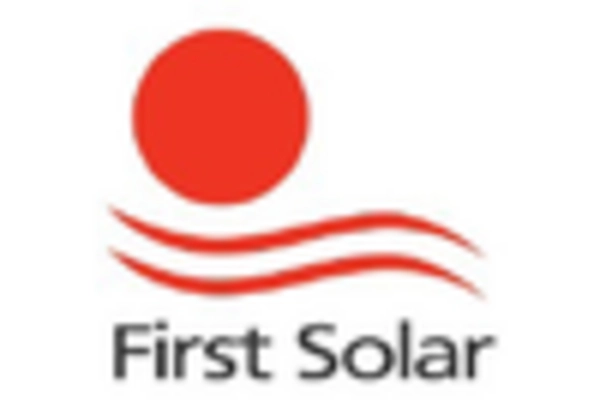
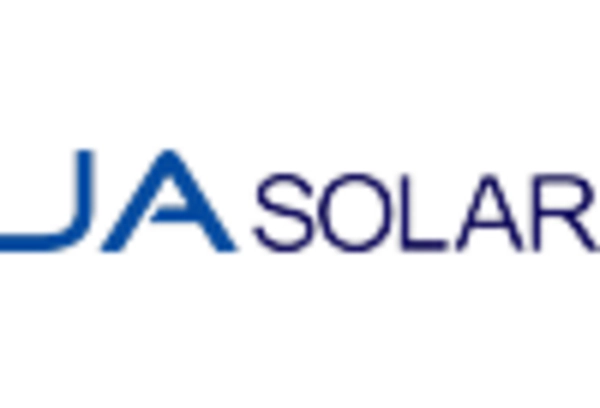
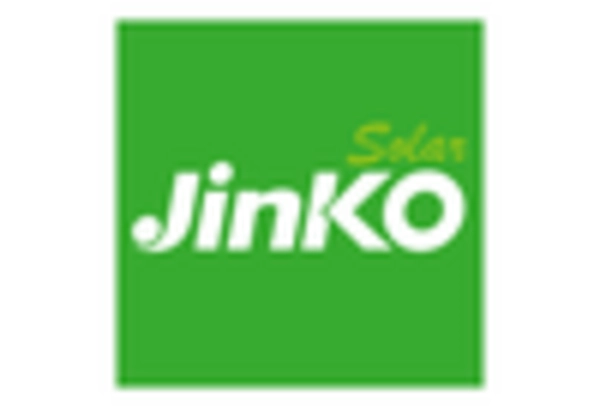

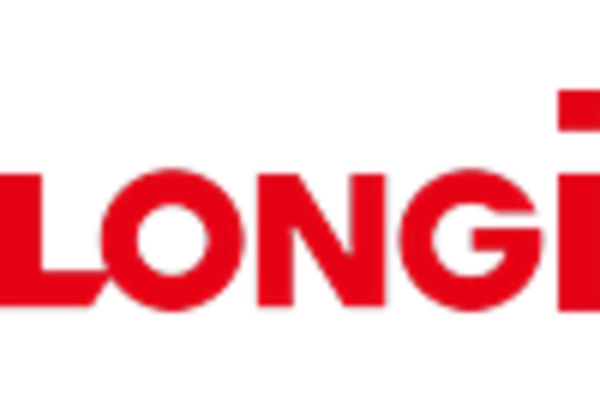
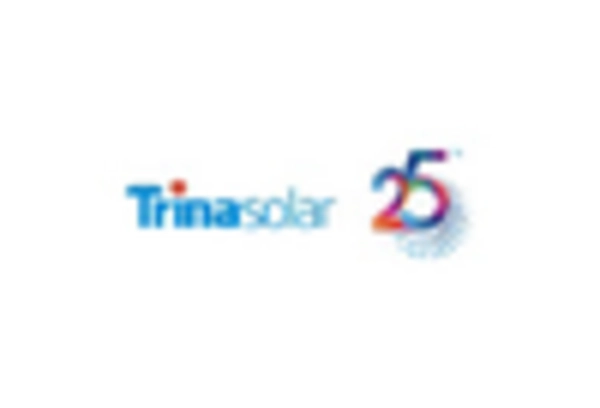








Leave a Comment